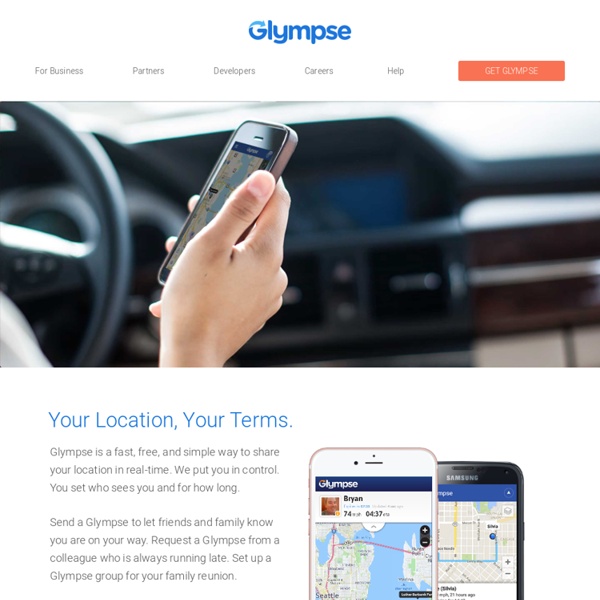



Código QR Código QR utilizado en una cartelería en Japón, que proporciona información patrocinada a través del dominio .mobi. Información sobre monumentos mediante códigos QR, en el municipio italiano Montepulciano. Un código QR (del inglés Quick Response code, «código de respuesta rápida») es la evolución del código de barras. Características generales[editar] Los tres cuadrados de las esquinas permiten detectar al lector la posición del código QR. La estructura general de un código QR es una matriz bidimensional de módulos de dos colores contrastados, en principio blancos y negros. Una de las utilidades estructurales de los códigos QR es que no es imprescindible que lo formen módulos blancos y negros, sino que admite una cierta personalización bastante flexible (otros colores, degradados, etc.). Aunque inicialmente se usó para registrar repuestos en el área de la fabricación de vehículos, hoy los códigos QR se usan para administración de inventarios en una gran variedad de industrias. Uso[editar]
AIRDROPPER FILESHARING GO SMS Pro Geomium | What's going on around you? The Internet of Things [INFOGRAPHIC] When we think of being connected to the Internet, our minds immediately shift to our computers, phones, and most recently tablets. This week at Cisco live, I shared that in 2008, the number of devices connected to the Internet exceeded the number of people on Earth. That’s right. There are more devices tapping into the Internet than people on Earth to use them. The infographic below provides a visual representation of the increase in “things” connected to the Internet. Tags: IBSG, infographic, internet, network
BOUNCE Loser Generated Content: From Participation to Exploitation | Petersen In this article [1] some of the critical aspects of Web 2.0 are mapped in relation to labor and the production of user generated content. For many years the Internet was considered an apt technology for subversion of capitalism by the Italian post–Marxists. What we have witnessed, however, is that the Internet functions as a double–edged sword; the infrastructure does foster democracy, participation, joy, creativity and sometimes creates zones of piracy. But, at the same time, it has become evident how this same infrastructure also enables companies easily to piggyback on user generated content. Different historical and contemporary examples are provided to map how the architecture of participation sometimes turns into an architecture of exploitation. A Great Cities Initiative of the University of Illinois at Chicago University Library.
IAZA